Targeted Utilization of Biofilms
In its first funding phase, SPP 2494 brings together 12 interdisciplinary research projects, each pursuing innovative approaches to study and exploit productive biofilms. Each project investigates specific aspects of biofilm structure, dynamics, and applications, from new reactor concepts and biofilm architectures to optimized production processes. Click on the individual projects to learn more about their objectives and methods.
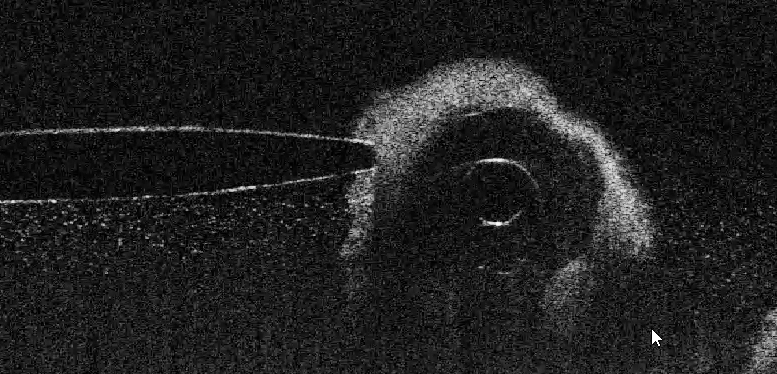
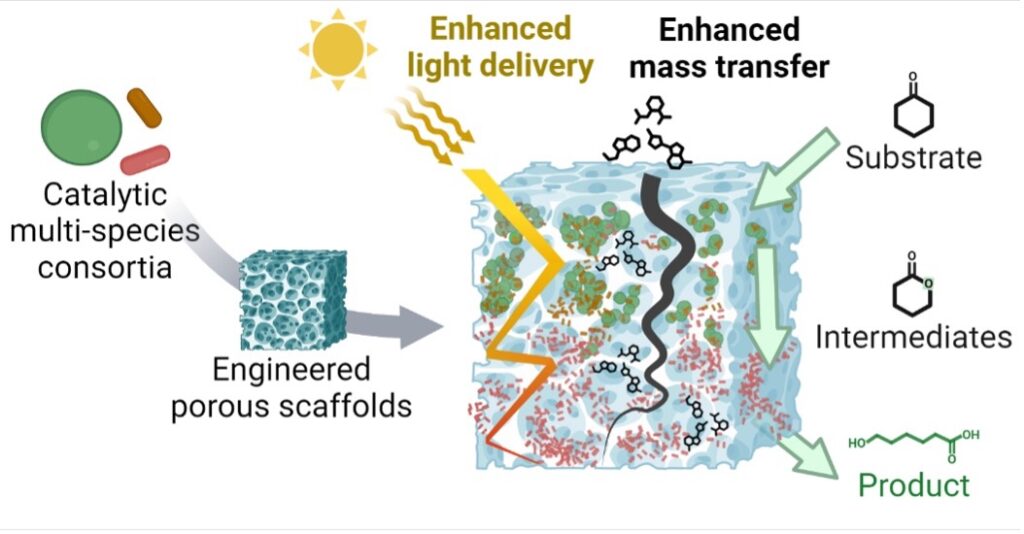
Mahir Bozan | Tilo Pompe
This project develops material-assisted microbial biofilms that optimize light and mass transport, enabling efficient, cooperative photobiocatalysis for sustainable chemical production such as 6-hydroxyhexanoic acid
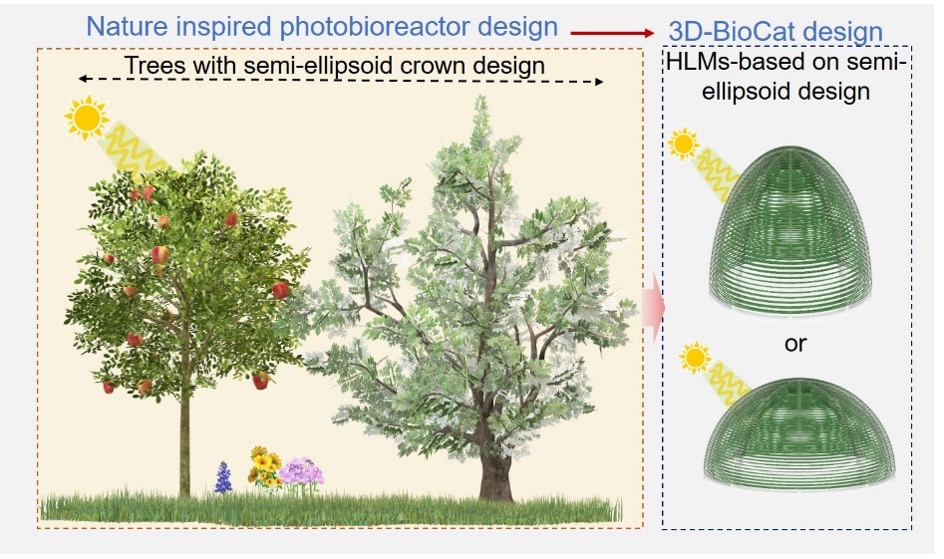
Rohan Karande | Katja Bühler
3D-BioCat is pioneering a breakthrough platform technology to cultivate light-powered mixotrophic biofilms, unlocking new possibilities for the sustainable production of chemicals
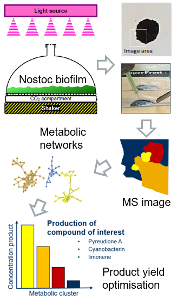
Nicole Strittmatter | Elke Dittmann-Thünemann
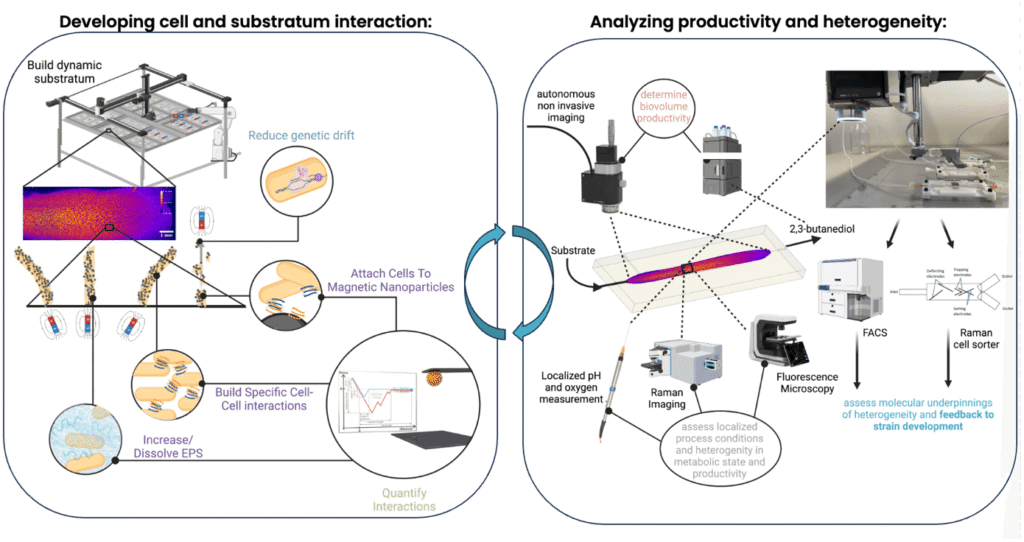
Johannes Gescher | Karin Jacobs | Rainer Meckenstock
Development of productive biofilm architectures on magnetic particles and analysis of cell productivity using Raman-activated cell sorting and subsequent omics analyses
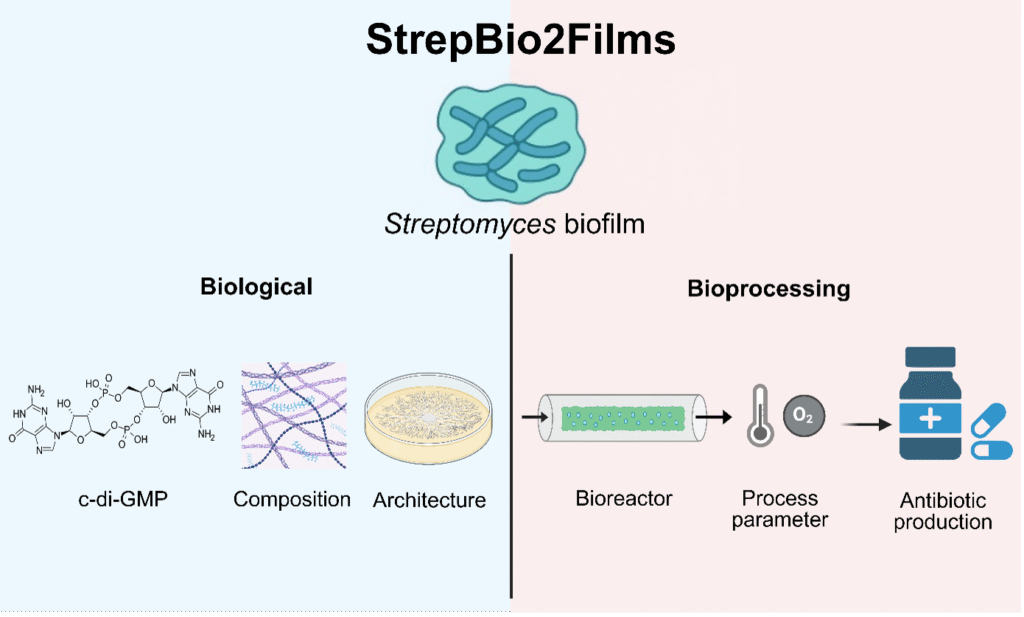
Natalia Tschowri | Anna-Lena Heins
StrepBio2Films will explore and optimize productive biofilm formation of Streptomyces for antibiotic production in continuous tubular bioreactors, leveraging genetic tools and physiological insights – especially c-di-GMP signaling and biofilm matrix synthesis.
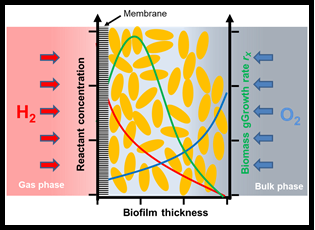
Sven Kerzenmacher | Ekkehard Küstermann | Christina Roggatz
Developing novel magnetic resonance imaging methods to characterize living biofilms in-situ and understand the factors limiting their productivity
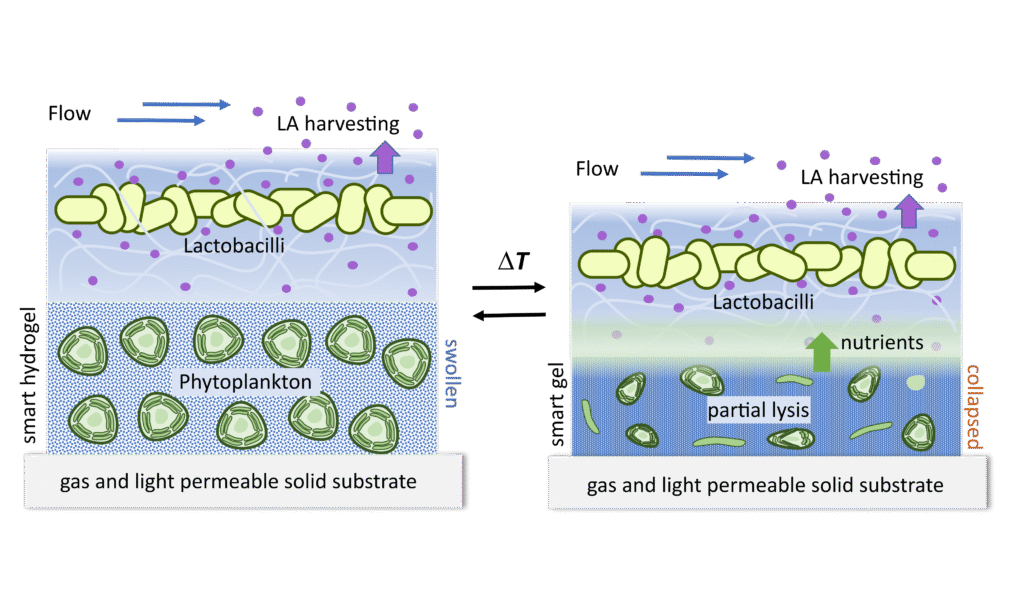
Marie Weinhart | Shirish Sankaran | Regine von Klitzing
LactiFilm develops light-driven, hydrogel-based co-culture biofilms of phytoplankton and lactobacilli to sustainably produce lactic acid for biodegradable PLA plastics, reducing feedstock costs and energy use reducing feedstock costs and energy use
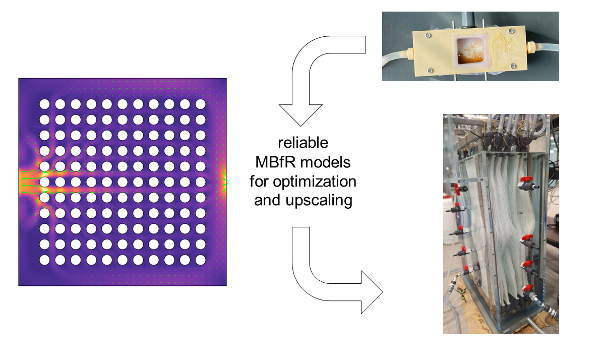
Susanne Lackner
Development and optimization of membrane biofilm reactor (MBfR) systems for the anaerobic fermentation of synthesis gas through the use of mathematical modeling and complementary experiments, with a focus on aspects relevant for upscaling
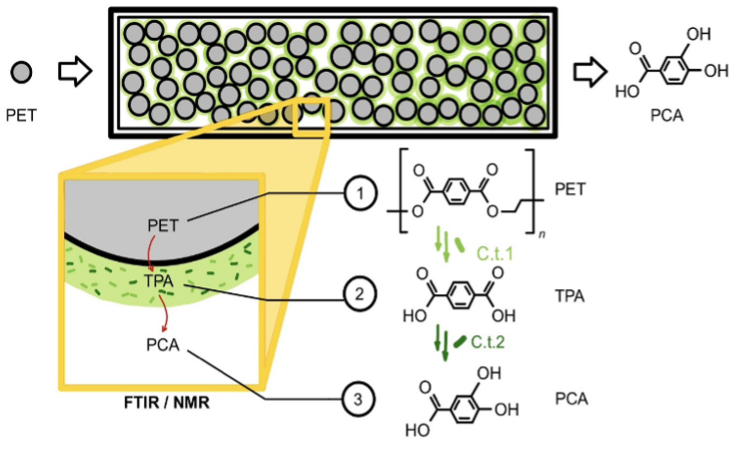
Wolfgang Streit | Andreas Liese
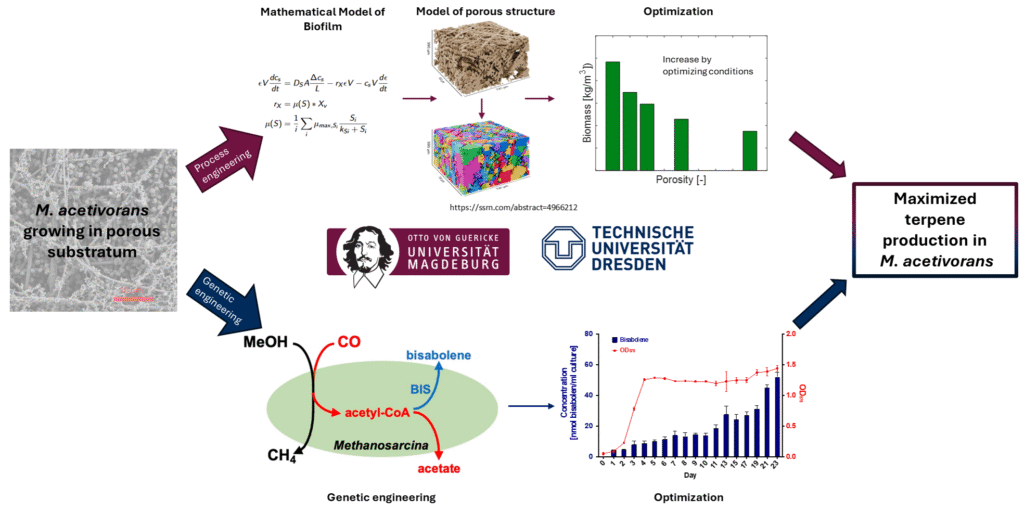
Nicole Vorhauer-Huget | Michael Rother
The project will investigate, model and maximize the terpene production of anaerobically cultivated M. acetivorans biofilms in porous substrata.

Ralf Takors | Thomas Stegmaier
The 3DFiberFilm project is developing three-dimensional textile carriers that enable efficient biofilms to convert CO₂ from industrial gases into renewable chemical compounds and thus promote the circular bioeconomy.
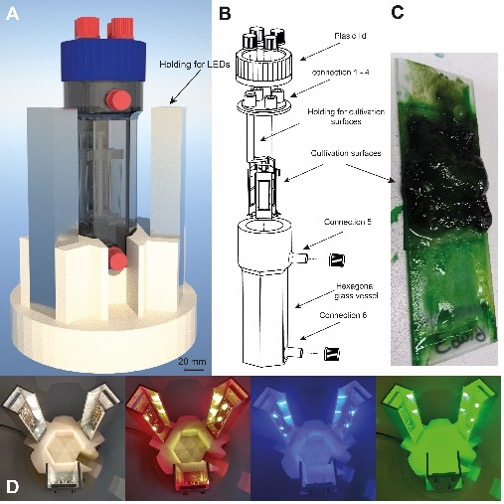
Roland Ulber | Katja Bühler
ReActoB develops novel aerosol-based biofilm reactors enabling resource-efficient and sustainable chemical transformations. By integrating microbiology, reactor engineering, and optogenetic control, it establishes a pioneering approach for scalable, eco-friendly process concept contributing to a future-oriented bioeconomy.